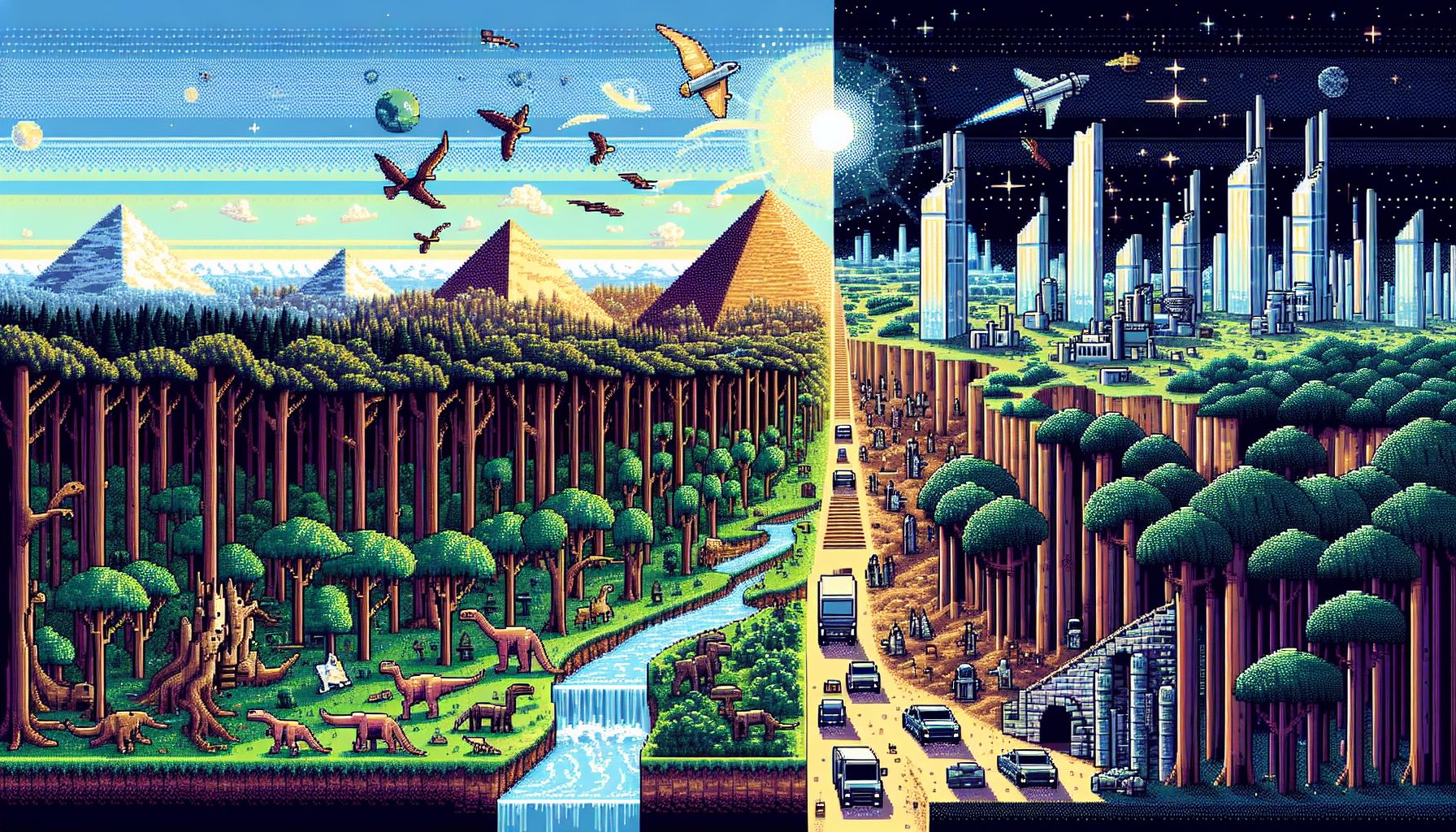Once upon a time, it was parchment maps, sextants, and the stars that guided our way around the globe. We relied on tales of intrepid explorers to feed our wanderlust and limited physical interactions to gain cultural insights. Today, things have shifted. We’ve moved from paper to pixels, physical to digital, and boundaries to horizons. This post aims to explore the transformative role of technology in paving new avenues for travel and exploration.
Our travel narratives have moved beyond mere location pins on physical maps to dynamic apps on our digital devices. We’ve bid adieu to dusty travel brochures and awkward refolding of city maps. Now it’s Google Maps, TripAdvisor, and Airbnb leading the way. Apps have made travel efficient by keeping us informed about the weather, currency exchange rates, and even the local vibe. All it takes is a few taps here and there, and voila – a new adventure awaits!
![]()
Travel translators, often overlooked, deserve special mention. Gone are the days of helpless hand gestures and confused expressions trying to understand the local lingo. Mobile apps, equipped with advanced language algorithms help us decipher, interact and immerse ourselves in the local culture. Plus, it’s always pleasant to say ‘Thank you’ in the local dialect, isn’t it?
Capturing moments, another critical aspect of travel, has seen a digital revolution as well. The bulky cameras and rolls of film have given way to smartphone cameras and cloud storage. The notion of travel photography has metamorphosed from restricted family portraits, thanks to drones that can capture breathtaking 360-degree aerial shots. Further, augmented reality (AR) apps enable users to visualize historical events or ancient ruins in their original glory, adding depth to our understanding and appreciation of the architectural relics.
As technology streamlines travel, it also opens doors to ‘virtual vacations.’ As perplexing as it may sound, VR travel experiences could be the next big thing! Without leaving your couch, you can now roam the streets of Paris, dive in the Great Barrier Reef or trek the Grand Canyon. Almost real experiences without the jet lag or travel expenses!
Indeed, technology has transformed the way we travel, but it’s not the end of the road. As we harness the power of AI and Big Data, personalized travel experiences could be the future. Picture this – a virtual tour guide that designs a unique itinerary based on your preferences, guides you through unfamiliar terrains, books your tickets, and even recommends local dishes! Or street ‘signs’ appearing on the AR interface of your car windshield, making navigation indescribably simple!
The flip side, however, is that such comforts might make us more disconnected from the reality of travel – the joy of getting lost, the thrill of uncertainty, and the warmth of human interaction. But perhaps, as with all things, a perfect blend of the digital and physical might be the best way to journey ahead.
As we set sail into the uncharted future, the interplay of technology and travel continues to evolve intriguingly. Exciting innovations, potential societal impacts, and the ethics of tech-infused travel are all part of the grand narrative. As we ponder this digital transformation, one thing becomes clear – the journey is indeed as important as the destination. Whatever innovative pathways we tread, let’s ensure we’re mindful of preserving the splendor of the natural world and the warmth of human interaction, honoring the timeless essence of travel while embracing the new digital horizons.
Travel, as they say, is not just about seeing new places but in seeing with new eyes. In the constantly evolving landscape of travel, the new ‘eyes’ seem to be the lens of ever-evolving technology, making every pixel of our journey a grand adventure to remember!


